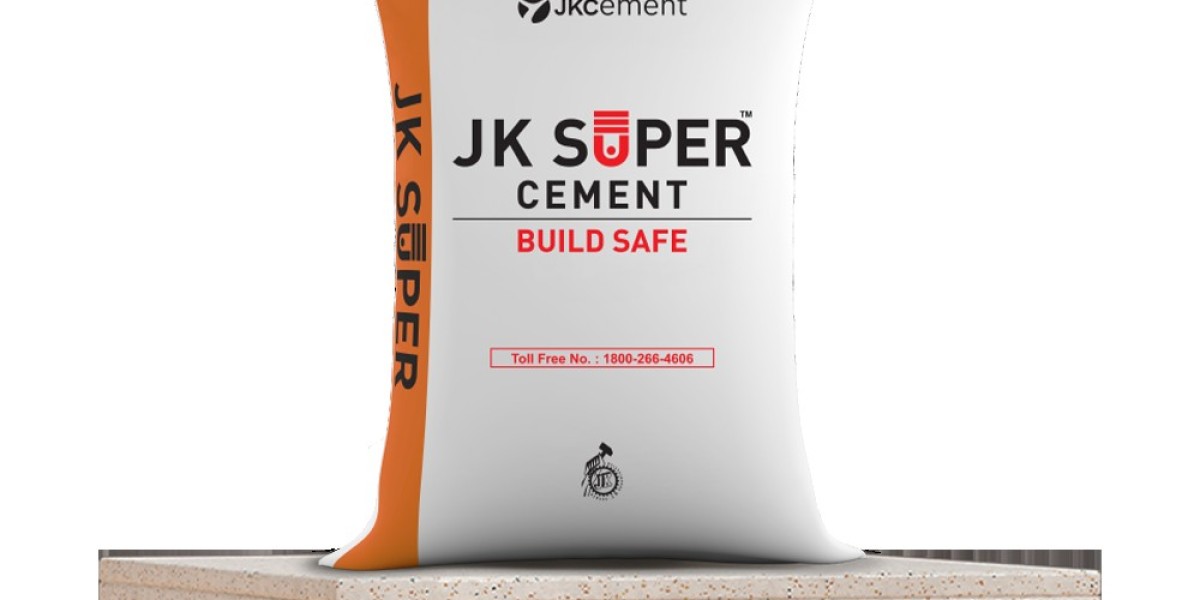Before starting any construction project, you need to test the soil. It helps ensure the subsurface has the required stability, strength, and sustainability to support the structure. By thoroughly investigating soil characteristics and behaviours, soil exploration provides crucial insights that influence the design and construction of structures.
Soil exploration is a process to examine the composition, structure, and characteristics of subsurface soil within a specific area or site. Its primary objective is to gather detailed data about the soil’s properties, including its composition, density, moisture content, strength, and load-bearing capacity. This information aids in making informed decisions during the planning and execution of construction projects, foundation design, and roadways.
Stages involved
The stages of soil exploration involve a systematic approach to understanding subsurface conditions. These include:
1. Site reconnaissance
Site reconnaissance is the initial assessment of the site to plan the subsequent investigations. It involves assessing the need for preliminary or detailed investigations, determining the scope of work, choosing exploration methods, conducting field tests, and organizing administrative aspects. Site reconnaissance also involves on-site inspection and study of topographical features that help gather crucial information about soil, rock, and groundwater conditions.
2. Preliminary exploration
This stage aims to ascertain the soil strata’s depth, thickness, and composition and the presence of rock and groundwater. It provides information about the strength and compressibility of different layers. Geophysical methods, cone penetrometers, and sounding rods significantly guide the preliminary investigation.
3. Detailed exploration
It focuses on determining the engineering properties of soil strata. It includes evaluating shear strength, compressibility, density, moisture content, and permeability. This stage involves varied methods, including a borehole program, detailed sampling, field tests like in-situ vane shear tests, and advanced logging methods for boreholes. Laboratory investigations support all in-situ tests to ensure a thorough understanding of soil properties.
Uses of soil exploration
Soil exploration aids in assessing soil properties crucial for construction or infrastructure development. It helps you decide about foundation design, material selection, and risk mitigation. This method gathers data on soil composition, density, moisture content, strength, load-bearing capacity, groundwater levels, and settlement potential.
Importance
For some, buying a dream house may be a long-term investment that helps build equity and provides financial stability. For others, owning a home can offer a sense of pride and accomplishment. In either case, you need cement to give form and strength to your structure. Hence, buying it through a grey cement dealership online saves time, effort, and money. You can locate the nearest cement dealer, enabling easy access to superior-quality materials by selecting your state, city, and PIN code.
Conclusion
Depth is crucial in determining a structure’s stability and safety, as it helps to identify the zone where the soil can adequately support the loads without compromising. Hence, selecting the right soil quality can make a difference in your construction.


